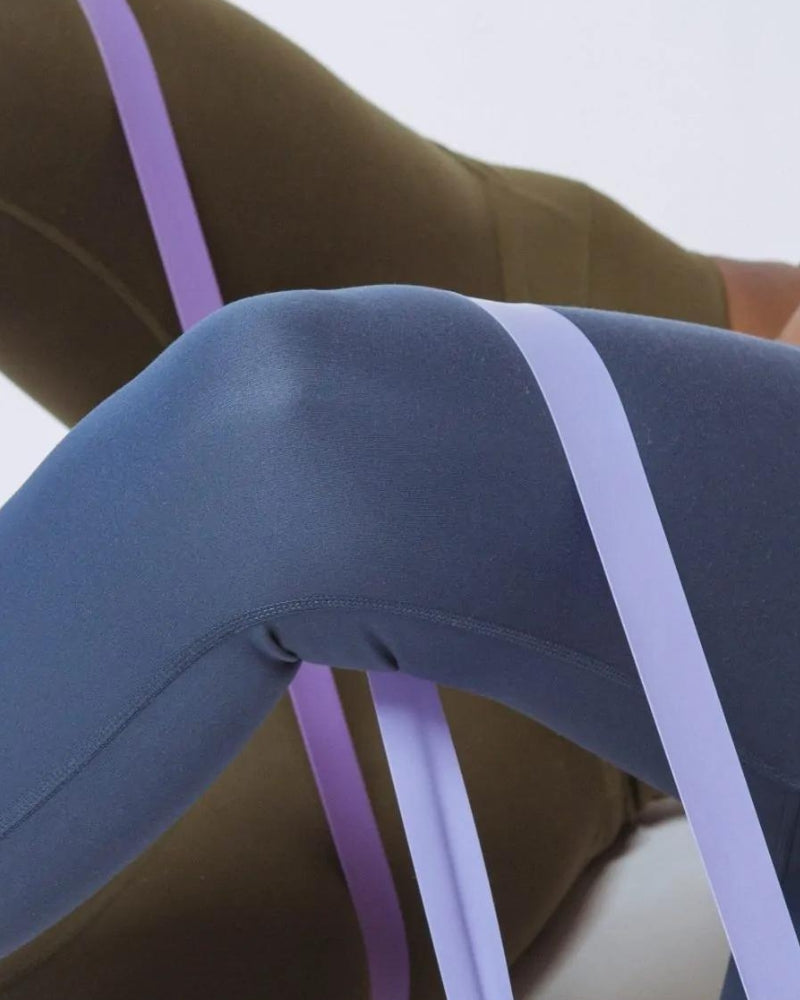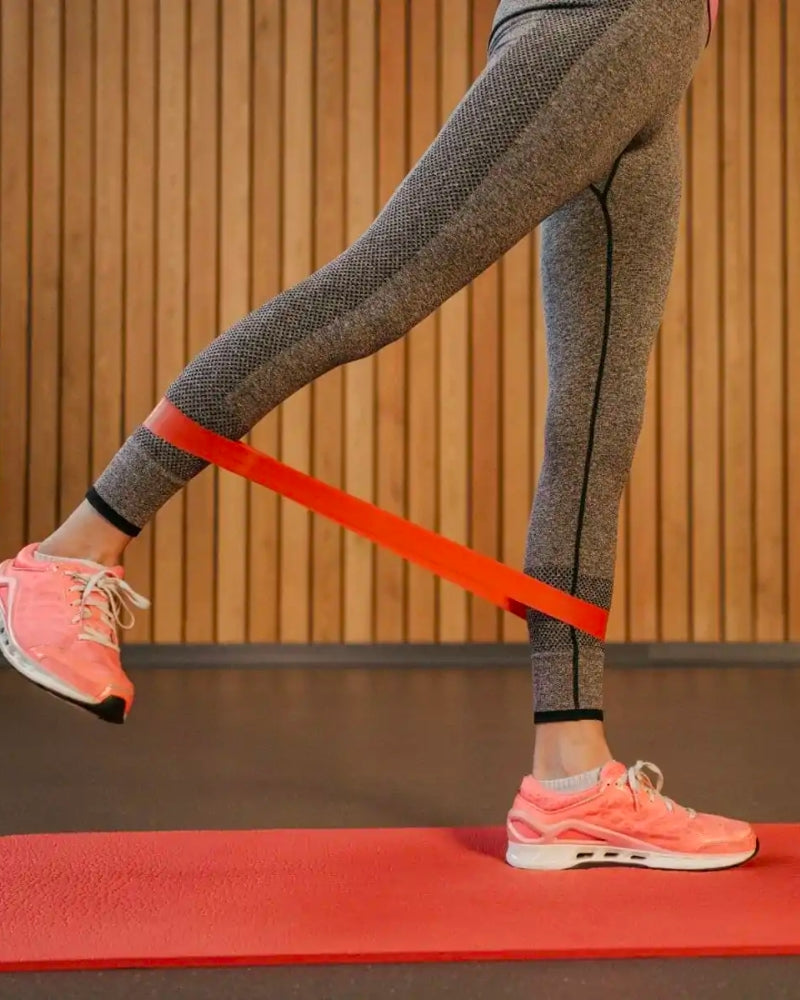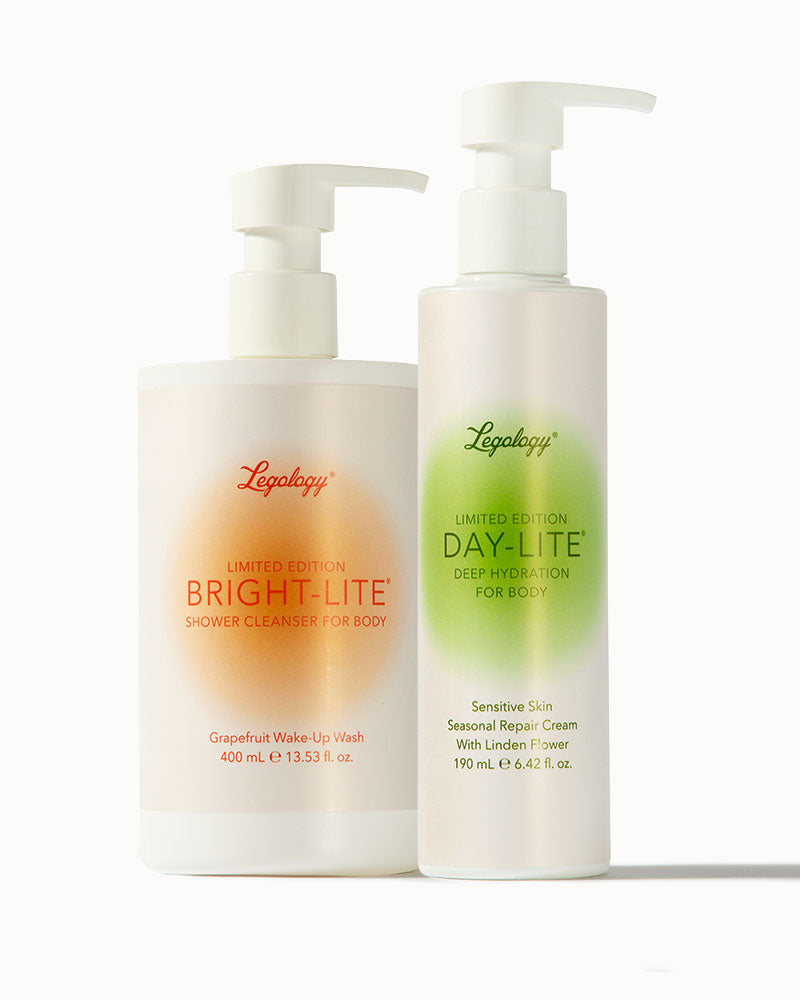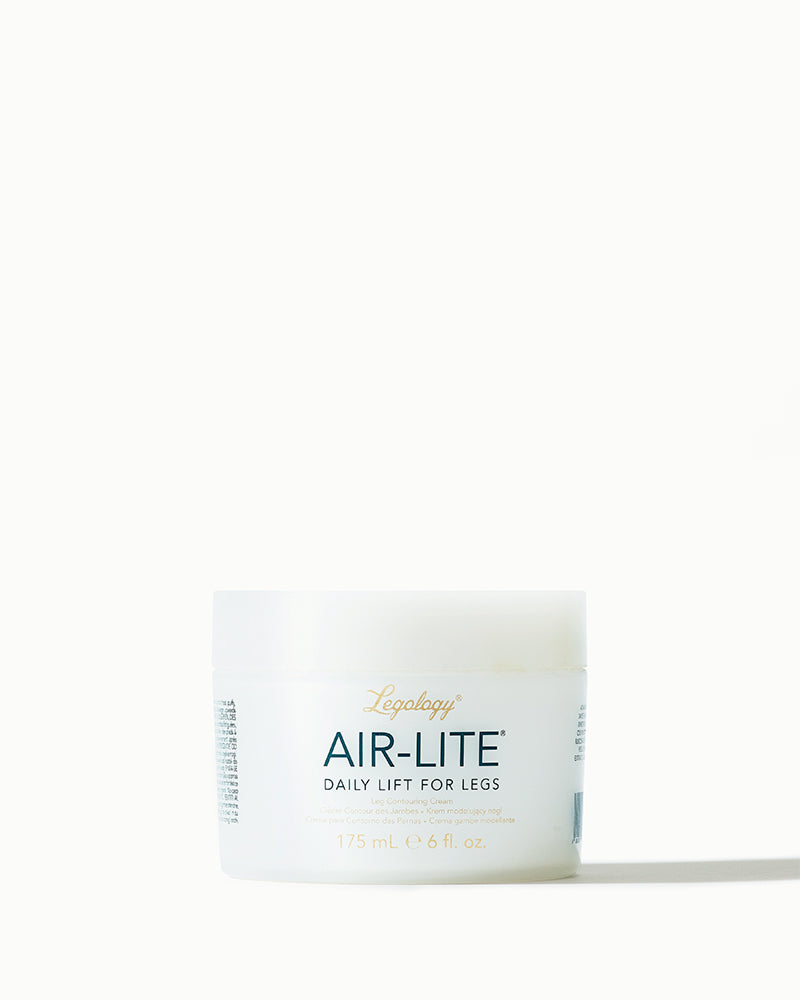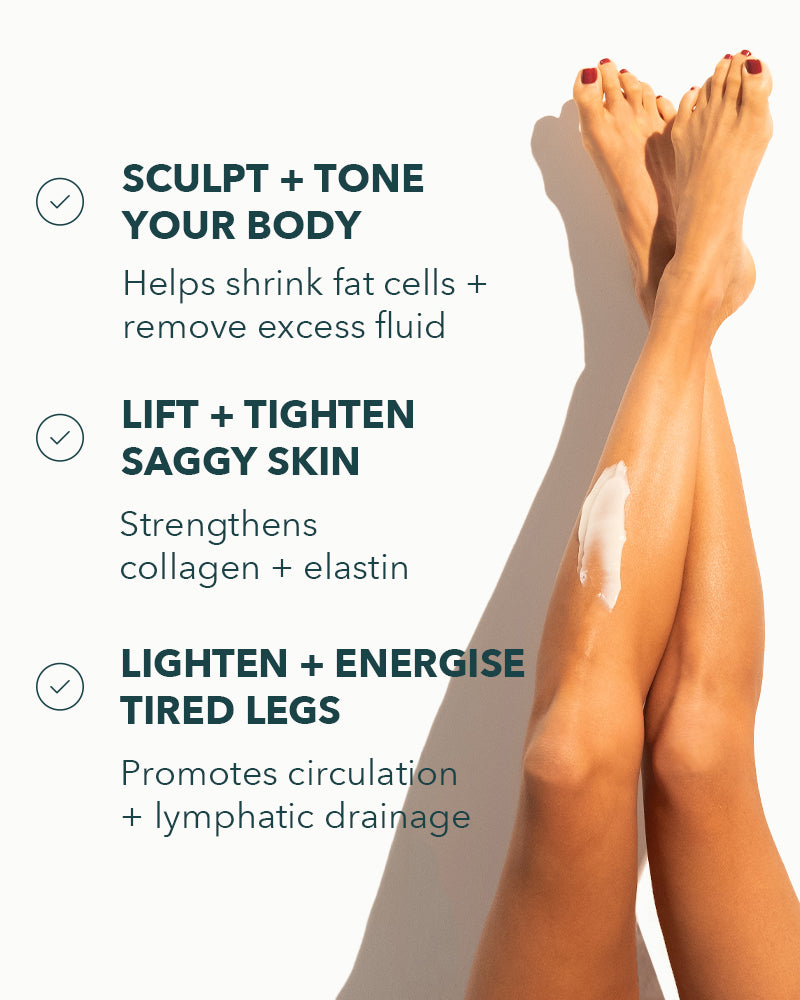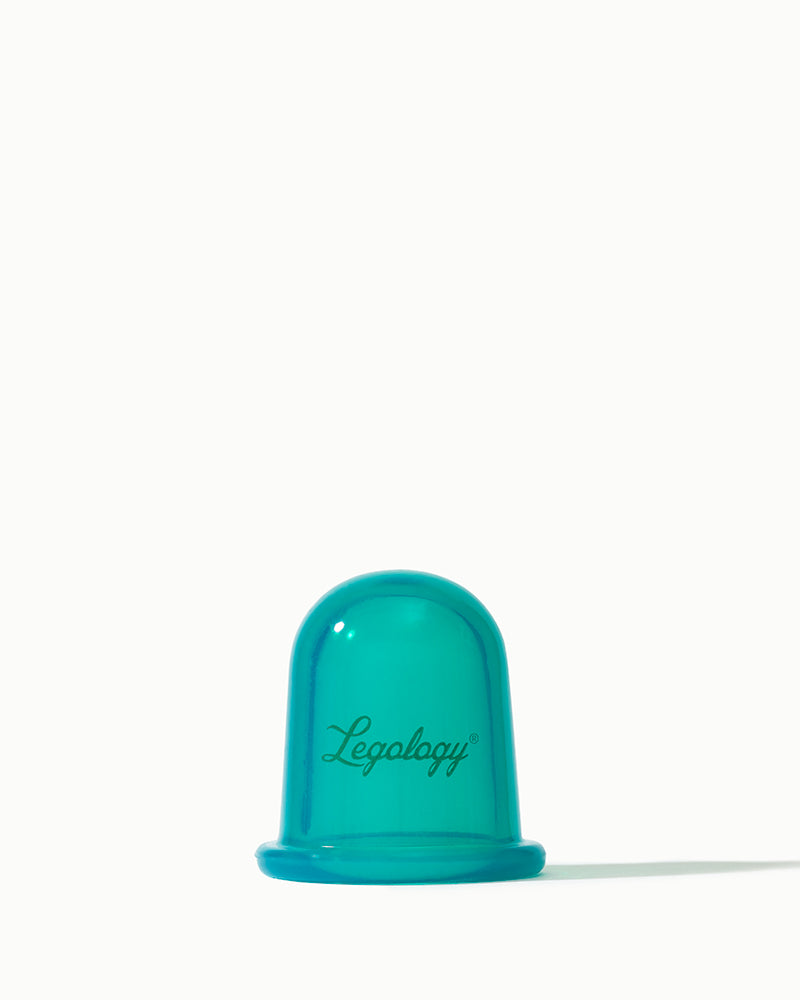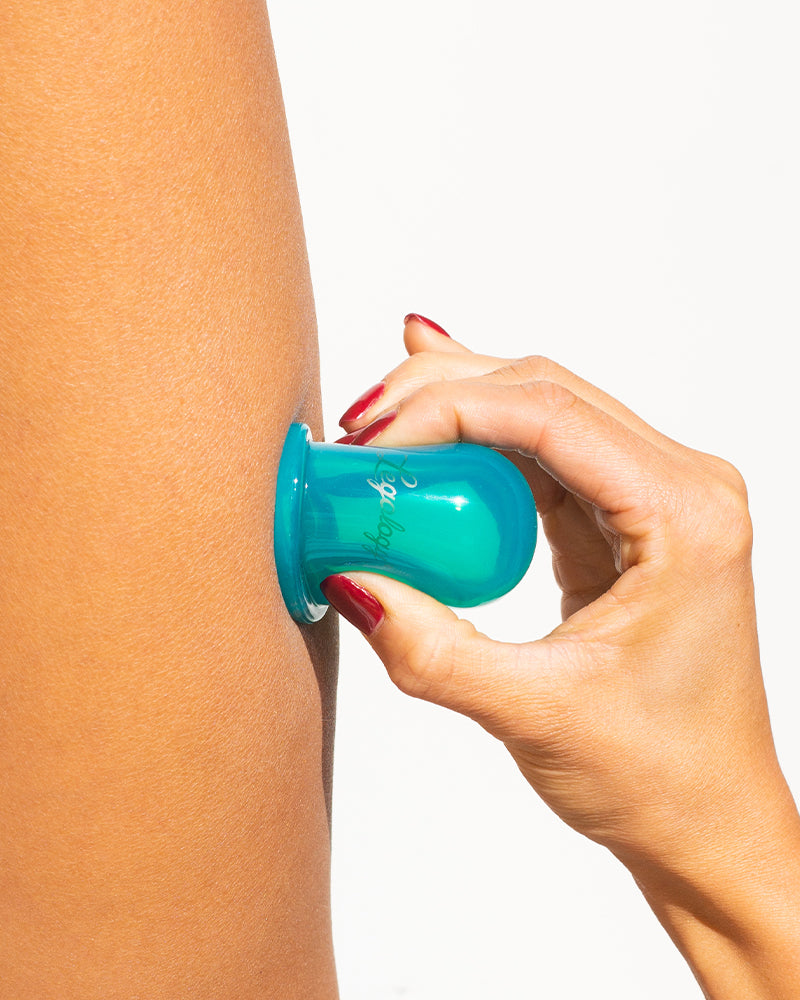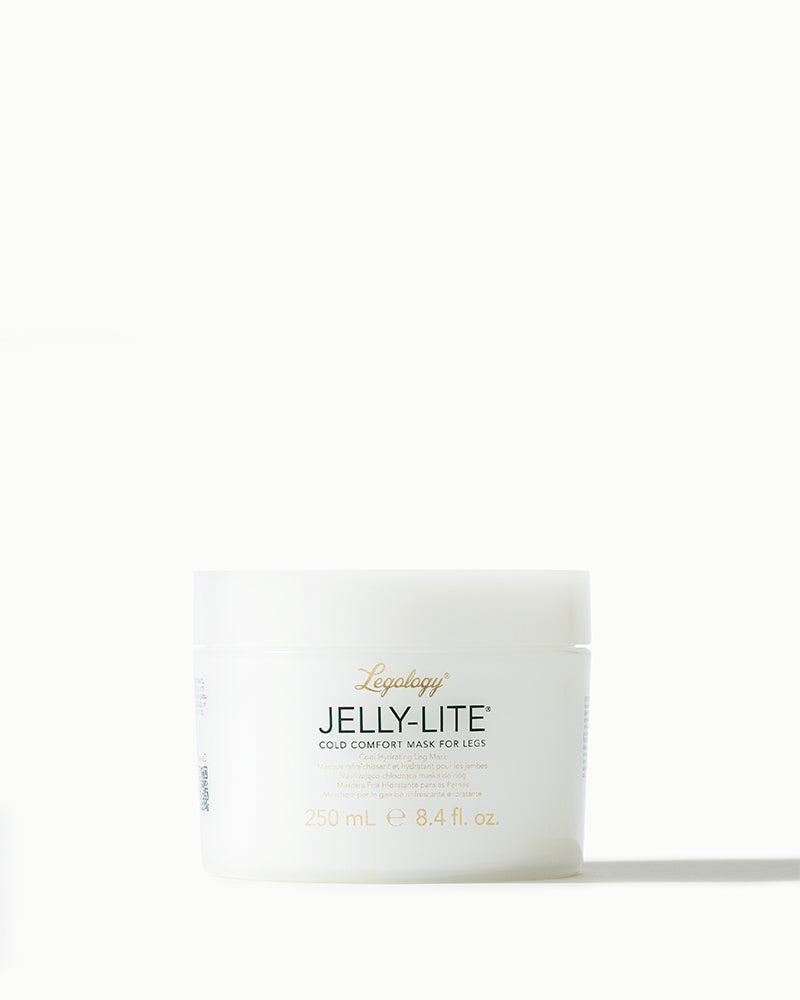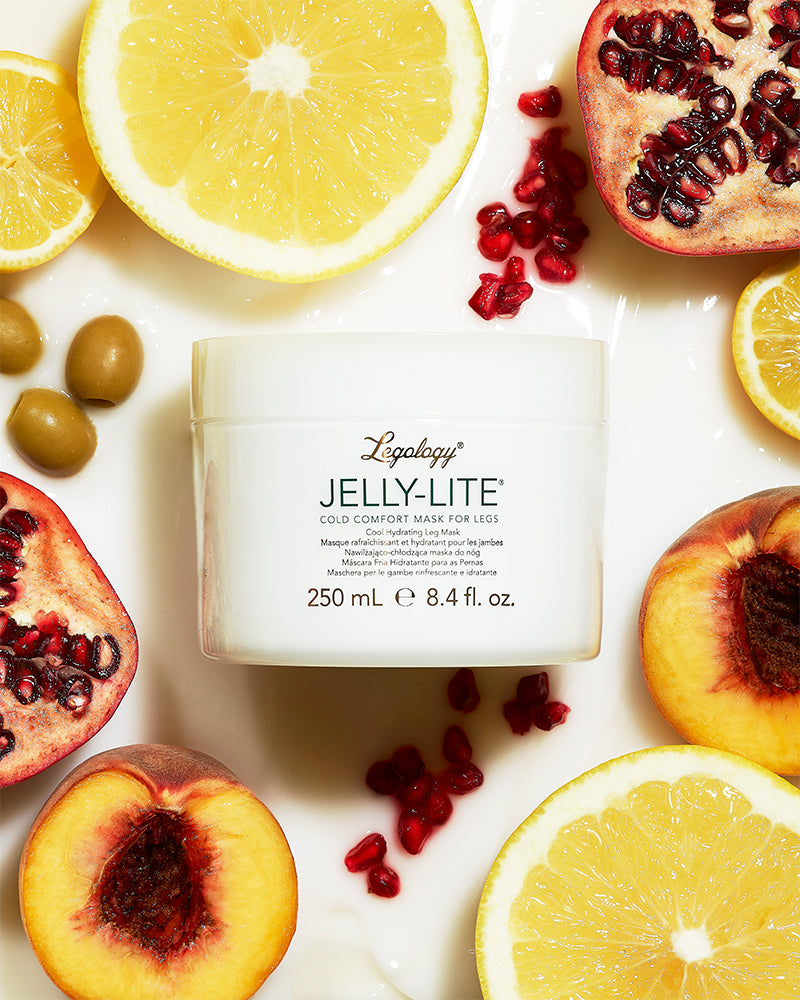Restorative Yoga At Home: The Daily Practice To Enhance Your Winter Season

We’ve all been there: back from work, feeling frazzled and fatigued, while it’s drizzly and dark outside. None of this makes you want to pull your yoga kit on and head back out to a class does it? Well while there’s a lot to be said for joining a physical class and enjoying the company and challenges that come with a group, there are some great ways to do yoga at home too when it makes more sense to stay put.
But can restorative yoga at home be as beneficial as practicing in a room with your teacher and others?
You bet! You can easily build your own at-home yoga routine and in some ways, when you’re exercising from home, your own flow sequence can be easier than in class. It’s helpful too, to be able to follow your own little routine to keep things ticking over during the holiday season. Restorative yoga is a form of gentle yoga that utilises props to ease into a relaxed state and hold your poses. We’re all for quality down time at Legology so any yoga practice which helps with that is a good thing to us, especially if it involves a little extra leg work at some point in the routine.
The easiest way to build your own yoga routine is to pick a few poses, hold them for 5-10 minutes, and that’s it. Do it regularly and you may well get relief from chronic stress and a better night’s sleep. Most of us don’t have yoga paraphernalia like blocks, straps and bolsters lying around at home. But all of us have a pillow, cushion or even blanket to roll up and use as support. How to keep time? Use the kitchen egg-timer or a gentle bell on your phone to tell you when to change postures.
5 POINTERS FOR GOOD HOME YOGA
Generally speaking, a well-rounded restorative sequence includes twists, forward bends, heart openers, passive backbends, inversions and Shavasana. All of these postures allow you to move your spine in different directions while still supporting your body with props. Keep these 5 guidelines in mind for your home yoga routine:
- Begin in a comfy pose to ground yourself. Try 5-10 minutes in the Reclined Bound Angle Pose (Supta Buddha Konasana) or Mountain Brook Poses to get your mind to settle and your body to relax. Focusing on your brething, keeping your eyes closed.
- Look after both sides of you. In other words be sure to do the same pose for both sides and hold for same amount of time.
- Do poses that compliment each other as part of your home routine. For example, a forward bend, like the Supported Seated Forward Fold, is typically followed by a backbend, which reopens the abdominal region closed in the previous pose and sends fresh circulation to that area.
- Always try to include an inversion. It usually comes last before Shavasana in classic yoga, but if you have time for only one, try placing your legs up against the wall, a great way to reverse the effects of gravity and support your heart. If that’s too tricky for you to do at home, lie on your back, bend your knees and place them on the seat of a chair instead, or just support your raised legs with a few pillows.
- Remember to hold each pose for 5-10 minutes, and always come out of the pose or readjust if you feel uncomfortable.

The beauty of yoga is that its many poses, which you work through in every session whether at home or in the studio, work your entire body. You can, however, add a few extra postures to your routine to benefit different areas. Three guesses which area I’m going to focus on?
LEG STRENGTHENERS
Standing poses do the most to strengthen your legs. But while the focus is on your legs, these poses also incorporate the rest of your body:
Beginner: Downward facing dog, extended side angle pose, mountain pose, pyramid pose, raised hands pose, standing forward bend, standing straddle forward bend, tree pose, triangle pose, warrior I and warrior II
Intermediate: Awkward chair, eagle pose, half moon pose, king dancer pose, reverse warrior, revolved triangle pose, warriors I and III.
Advanced: Revolved half moon pose or wheel pose.
HAMSTRING HELPERS
Practicing these poses will improve hamstring flexibility. Tight hamstrings are a common problem for many people, and these moves can help:
Beginner: Reclined big toe pose, standing forward bend, standing wide-legged forward bend, downward facing dog, seated head-to-knee pose, seated forward bend, wide-legged forward fold or triangle pose.
Intermediate: Half moon pose, full side plank, revolved triangle, heron pose, bird of paradise or sleeping Vishnu.
Advanced: Standing splits, side lunge, ror evolved ardha chandrasana.


